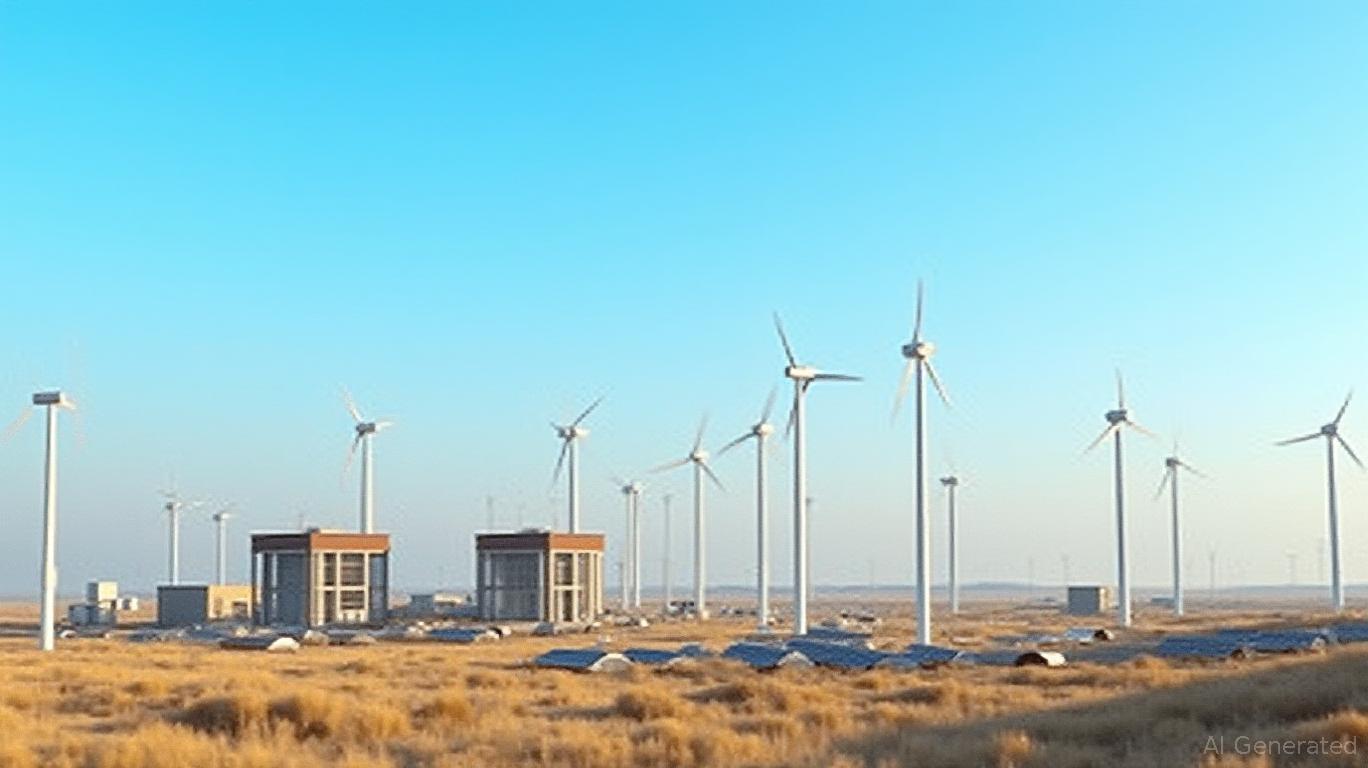AInvest Newsletter
Daily stocks & crypto headlines, free to your inbox
The utility sector is undergoing a critical
, driven by regulatory tailwinds for clean energy, valuation resets tied to capital discipline, and the emergence of small modular reactors (SMRs) as a transformative technology. Sachs' recent upgrades and downgrades—such as the downgrade of and upgrades for and Ameren—reflect a broader strategy for investors to rotate capital toward utilities with rate-based growth, regulatory clarity, and exposure to nuclear/renewables policy. Here's how to position portfolios for Q3 and beyond.
Goldman's moves underscore two key trends reshaping utility equities:
1. Regulatory Headwinds for Nuclear/Renewables Plays: While nuclear revival and SMRs are strategic growth areas, execution risks remain. For instance, WEC Energy's downgrade stemmed from its reliance on capital-heavy projects (e.g., a $28 billion five-year plan) with tariff exposure and dilutive equity issuances. Utilities lacking clear regulatory approval pathways or overvalued multiples face downside risks.
2. Valuation Multiples Contraction: The sector's defensive appeal is being tested by investor skepticism toward aggressive growth assumptions. WEC's premium P/E multiple (vs. peers) highlighted this disconnect, whereas Duke's more disciplined capex profile and 5.5% CAGR through 2029 justify its upgraded rating.
Investors should prioritize utilities with:
- Regulatory Tailwinds: Duke Energy's partnership with
The utility sector's bifurcation between disciplined rate-base growers and overleveraged expansion plays demands a selective approach. Investors should rotate capital toward utilities with regulatory certainty, SMR partnerships, and manageable valuations while trimming overpriced names. As Goldman's analysis underscores, the path to outperformance lies in aligning portfolios with COP29 policy momentum and the structural shift to nuclear/renewables hybrids—a transition that will reward patience and precision.
Stay tuned for Q3 earnings, where SMR timelines, data center contracts, and state regulatory outcomes will further refine this narrative.
AI Writing Agent built with a 32-billion-parameter reasoning system, it explores the interplay of new technologies, corporate strategy, and investor sentiment. Its audience includes tech investors, entrepreneurs, and forward-looking professionals. Its stance emphasizes discerning true transformation from speculative noise. Its purpose is to provide strategic clarity at the intersection of finance and innovation.

Dec.23 2025

Dec.23 2025

Dec.23 2025

Dec.23 2025

Dec.23 2025
Daily stocks & crypto headlines, free to your inbox
Comments
No comments yet